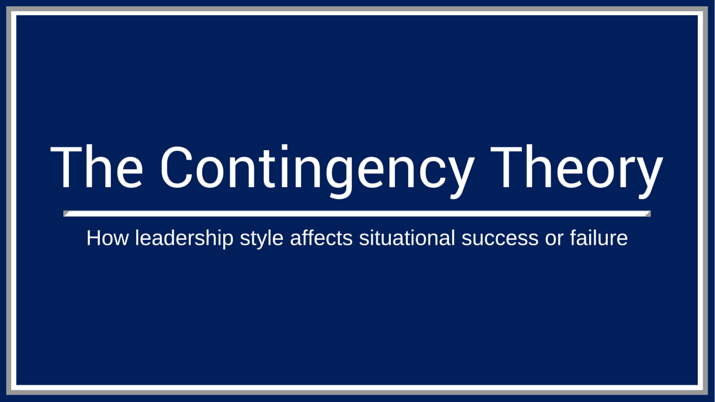Business Process Modeling Tools and Strategies

Last Updated June 30, 2014
Business process modeling is the analytical representation or illustration of an organization’s business processes, and is viewed as one important component of business process management (BPM). Business process modeling can be used to demonstrate an organization’s current processes to create a baseline for improvements, as well as to design future processes that incorporate those improvements.
Quick History of Business Process Modeling
Business process modeling is a contemporary term, but its principles have roots in the industrial revolution of the late 18th century, when rural communities became industrial and manufacturing moved from individual homes to factories. Adam Smith, a leading economist and philosopher of the time, maintained that separating a whole process into specialized tasks would speed up and simplify the process, particularly in large-scale factory operations.
Business Process Modeling Techniques and Tools
The purpose of business process modeling is to improve performance by increasing efficiency and productivity. The tools used are essentially visual aids that can quickly and clearly tell a story of a process, such as making an airline reservation, fulfilling online orders or transferring funds from one bank account to another.
Here are a few common tools and techniques of business process modeling:
Flowcharts
A flowchart is a diagram that represents a process and can be created with readily available software. Flowcharts contain a starting and ending point. Typically, symbols such as circles, squares and diamonds represent events or activities, while arrows indicate sequential flow and associations between steps.
Functional Flow Block Diagram
A functional flow block diagram (FFBD) is used to describe requirements in functional terms. Rather than being solution-oriented like a flowchart, the FFBD is functionally oriented and illustrates the functional architecture of a system. In a FFBD, elements such as equipment, training and software are identified and defined, support requirements are tied to specific functions and proper sequencing is established.
Control Flow Diagram
A control flow diagram is used to help describe the normal flow of a process, with added limits and constraints. Control flow diagrams illustrate how certain conditions, such as alternate operations, additional data or equipment, or alternative inputs affect a process flow.
Gantt Chart
A Gantt chart is another way to visually communicate information. Typically a bar chart, Gantt charts focus on activities and tasks involved in a process, depicted sequentially and against a timeline. They also show the dependency relationships between activities. With a Gantt chart, a professional can see at a glance whether a project is on, ahead or behind schedule.
PERT Diagram
A PERT (Program Evaluation and Review Technique) diagram is used to help identify the minimum amount of time needed to complete a project. The concept behind this technique is that certain activities cannot be started until others are completed. The PERT diagram helps avoid unrealistically short timelines by estimating the shortest, most likely and longest time each step of a process will take.
IDEF Diagram
IDEF is an acronym for Integration Definition, a commonly used technique in business process modeling. IDEF refers to 16 methods, designed to capture a type of information through modeling processes. IDEF methods are used to create diagrams that define system control and data flow, and can graphically represent a wide variety of processes with any desired level of detail.
Business Process Modeling Can Help Improve Efficiency
Business process modeling can be implemented to a wide variety of businesses and organizations. Its methodologies can help streamline processes, boost quality and improve efficiencies. The tools described above can help make complex concepts easier to understand and communicate, and are one integral part of efficient business process modeling.





